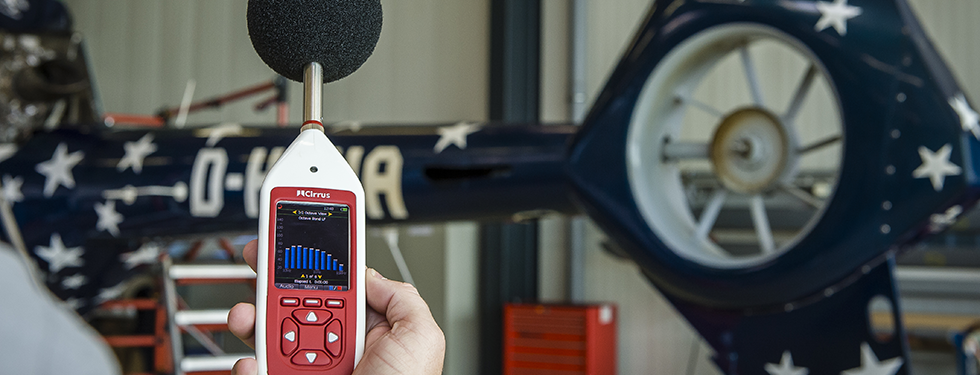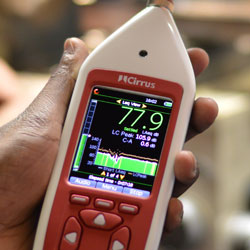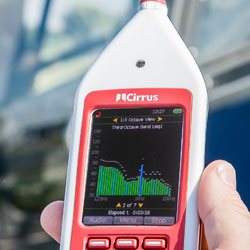
Class 1 Sound Level Meters
A class 1 sound level meter will be designed to meet the requirements of IEC 61672-1:2002 (or the equivalent BS EN 61672-1:2003) standard and will meet the performance requirements that are in this standard for a Class 1 instrument.
It will generally be a high performance sound level meter and may have some advanced features and functions. However, the standards that the instrument will meet does not define what measurement functions it should have so it is possible to have a very simple Class 1 Sound Level Meter or a very sophisticated one.
The older sound level meter standards IEC 60651 and IEC 60804 used Type rather than Class but these standards have been superseded by IEC 61672-1:2002. A Type 1 sound level meter would be roughly comparable to a Class 1 instrument but it would not be able to fully meet the lastest standards.
Choosing a Class 1 sound level meter that meets the latest standard ensures that your instrument will have the very highest level of performance. A Class 1 sound level meter will meet all of the performance requirements of a Class 2 instrument.
Class 1 Sound Level Meters are typically used for environmental noise measurements but they can also be used for Occupational Noise measurements.
You can read posts on our Blog about the differences between class and type in sound level meter standards as well as other posts about standards and noise measurement instruments. Click here to visit our Blog.

Optimus Red Sound Level Meter
All the functions needed for occupational noise measurements
- OSHA HC & PEL, MSHA & ACGIH Noise Exposure Assessments
- Hearing Protector Selection using HML or 1:1 Octave Band Methods
- Noise Ordinance & Community Noise Assessments

Optimus Green
All the functions needed for environmental noise measurements
- Environmental noise impact assessments over short or long periods
- Tonal analysis using 1:3 Octave Band Filters
- Detailed analysis using Audio Recording
find out more…
